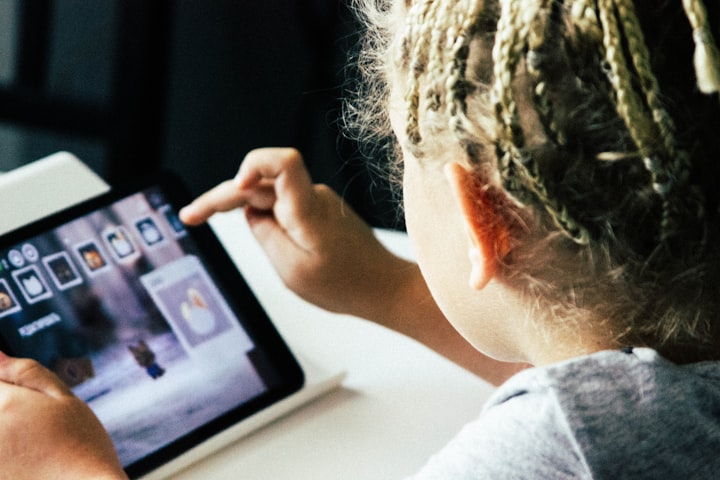Using Procreate and iPads with Young Children in Therapy to Talk about Trauma
5 ways in which you can use digital art to help young children express difficult emotions

Trauma can be a difficult and sensitive topic for young children to talk about, especially if they have experienced trauma themselves. However, children need to have the opportunity to express their feelings and process their experiences in a safe and supportive environment. One way to do this is through art therapy, which can provide children with a creative outlet to express their emotions and work through their feelings.
Procreate is an app allowing users to create digital art on iPads. It has various drawing tools and features that can create various artistic styles. Procreate is user-friendly and easy to use, making it an excellent tool for young children to use in therapy.
When working with young children in therapy, it is important to create a safe and supportive environment where they feel comfortable expressing themselves. Procreate can be a helpful tool in this regard, as it allows children to create art at their own pace and in a natural way. Children may be more willing to open up and share their feelings through art, as it can be less intimidating than talking directly about their experiences.
In addition to providing a creative outlet, Procreate can also engage children in the therapeutic process. For example, a therapist could ask the child to draw a picture of their happy place or a picture of a time when they felt safe and loved. This can help the child to feel more connected to their positive experiences and emotions and can also provide the therapist with insight into the child's perspective and experiences.
Procreate can also be used to explore and process difficult emotions and experiences. For example, a child could be asked to draw a picture of a time when they felt scared or overwhelmed. This can be a way for the child to express their feelings and work through their experiences in a safe and supportive environment.
It is important to remember that art therapy is not about creating perfect or polished artwork. The focus should be on the process and the child's emotions rather than the final product. Procreate can be a great tool for facilitating this process, as it allows children to experiment and explore their emotions in a non-judgmental way.
In conclusion, Procreate, and iPads can be valuable tools in therapy with young children, providing a safe and supportive environment for children to express themselves and work through their experiences. Whether it is through creating art to explore positive emotions or to process difficult experiences, Procreate can be a helpful tool in the therapeutic process.
Here are five exercises that can be done with young children in Procreate to help them talk about trauma:

- Draw a picture of a safe place: Have the child draw a picture of a place where they feel safe and loved. This can be a real place or an imaginary one. As the child creates their drawing, ask them to describe the place and what makes it feel safe. This can help the child to identify and connect with positive emotions and experiences.
- Create a visual timeline: Have the child draw pictures representing different moments in their life. This could include both positive and negative experiences. As the child creates each picture, ask them to describe what is happening in the scene and how they feel. This can help the child to process their experiences and emotions in a structured way.
- Draw a picture of a difficult emotion: Have the child draw a picture of a time when they felt scared, overwhelmed, or any other difficult emotion. As the child creates their drawing, ask them to describe what was happening and how they felt. This can be a way for the child to express and work through their emotions in a safe and supportive environment.
- Draw a picture of a positive memory: Have the child draw a picture of a time when they felt happy or loved. As the child creates their drawing, ask them to describe what was happening and what made them feel happy. This can help the child to connect with and focus on positive emotions and experiences.
- Create a visual story: Have the child create a series of pictures that tell a story about their experiences. This could be a story about a specific event or a more general story about their life. As the child creates each picture, ask them to describe what is happening and how they feel. This can allow the child to express their feelings and experiences more narratively.
*Disclaimer: I am a Graduate Marriage and Family Therapy Intern, not an art therapist. I enjoy using art as a form of self-expression, and these are my personal opinions on how to use digital art in sessions*
About the Creator
Geomara Flores
I’m Geo, a writer, illustrator, and Marriage and Family Therapy graduate student. I believe in the importance of information and knowledge, and I write about psychology, mental health, spirituality, and social justice.






Comments
There are no comments for this story
Be the first to respond and start the conversation.